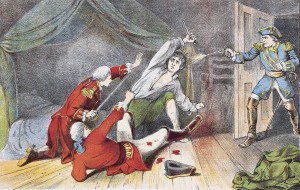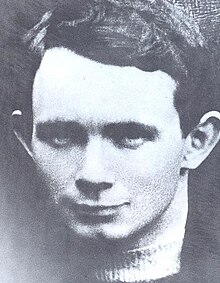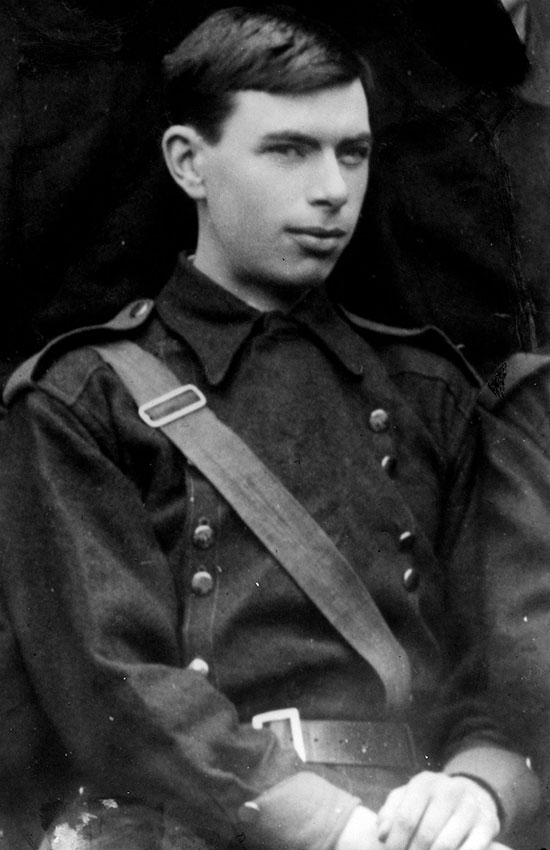17 May 1974: The Dublin and Monaghan Bombings on this day. Three car bombs exploded in Dublin, immediately killing 23 people and injuring more than 100 others during the rush hour. Five more people died and another 20 were hurt in a blast, which hit the town of Monaghan an hour later. The final death toll was 34 people. The bombings were the work of a UVF gang that had links to elements within the British Army Intelligence services. No one has ever been charged with these attacks.
It was a hot day in early summer when the terrorists launched their attacks. The City centre of Dublin was full of shoppers and workers heading home that Friday afternoon, little suspecting that such a murderous deed was about to be inflicted upon them.
In the North a huge Loyalist Strike was underway with the aim of bringing down the Power Sharing Executive that had been formed in January that year. Its aim was to allow both sides a share in the Government of the North so that no side would feel excluded. It also had as one of its terms the formation of an All Ireland Council. To many Unionists this was a step too far and a possible 'foot in the door' to a United Ireland without their consent.
The perpetrators of these bombings knew that the Executive at Stormont was in grave danger of collapse. It was clear the British Government under Harold Wilson was dithering with indecision as to what to do in the face of such a massive level of civil disobedience by most of the Unionist Community in Ulster. This was backed by widespread intimidation of those who tried to go about their business regardless.
Only the Dublin Government under the Taoiseach Liam Cosgrave stood firm against any collapse of what they had tried so hard in negotiations to have set up and running. While the Troubles had claimed hundreds of lives north of the Border the south had escaped relatively unscathed up until then - but not entirely free of atrocities either.
Clearly the aim of the attackers was to jolt the people of the South, and the Dublin Government in particular, out of any sense of complacency that they could escape the consequences (as they saw it) of unwarranted interference in Ulster.
At approximately 17:30 on Friday 17 May 1974, without prior warning, three car bombs exploded almost simultaneously in Dublin's city centre at Parnell Street, Talbot Street, and South Leinster Street during rush-hour. According to one of the Irish Army's top bomb disposal officers, Commandant Patrick Trears, the bombs were constructed so well that one hundred per cent of each bomb exploded upon detonation.
The explosives used in the attacks were of the type used by the Provisional IRA and were probably from a haul that members of the Crown Forces had captured and that rogue elements had got their hands on to launch these attacks.
The first of the three Dublin car bombs went off at approximately 17:28, in a parking bay outside the Welcome Inn pub and Barry's Supermarket and close to a petrol station, in Parnell Street near its southwestern intersection with Marlborough Street. Ten people were killed in this explosion, including two infant girls and their parents, and a World War I veteran.
The second of the Dublin car bombs went off at approximately 17:30 at number 18 Talbot Street near the northwestern Lower Gardiner Street intersection, outside O'Neill's shoe shop opposite Guineys department store. At least four bodies were found on the pavement just outside Guineys.
The third bomb went off at approximately 17:32 in South Leinster Street near the railings of Trinity College, Dublin. Two women were killed instantly in that explosion; they had been very close to the epicentre of the blast.
Ninety minutes later, at approximately 18:58, a fourth bomb (weighing 150 pounds) exploded outside Greacen's pub in North Road, Monaghan. This bomb killed five people initially, and another two died in the following weeks.
On the evening of the bombings, the Taoiseach, Liam Cosgrave, said in a TV and radio broadcast that he wanted to express 'the revulsion and condemnation felt by every decent person in this island at these unforgivable acts.' He said it would help 'to bring home to us here what the people of NI have been suffering for five long years.' He added 'everyone who has practised violence, or preached violence or condoned violence must bear a share of responsibility for today's outrage'.
In Belfast, the UDA and the UVF denied responsibility for the explosions and in Dublin a statement issued by the Provisional IRA called the explosions 'vile murder'. Mr. Brian Faulkner, NI Chief Executive, sent a message to Mr. Cosgrave expressing 'deepest regret' from himself and his colleagues. The UDA Press Officer, Mr. Samuel Smyth, said: 'I am very happy about the bombings in Dublin. There is a war with the Free State and now we are laughing at them'.
But within days the official attitude had changed and the feeling in Government ranks was to play down this huge atrocity to avoid heightening tensions and giving credibility to the Provisional IRA. As the weeks rolled by the Garda investigations were wound down and then effectively stopped. It has been rumoured that names of the killers were known to the police forces in both parts of Ireland even if it could never be proved. The event was buried by the forces of Officialdom over the years and forgotten about. No one has ever been charged with these crimes on that terrible day.
LOST LIVES
Dublin and Monaghan Bombings - 17th May 1974:
Patrick Askin (44) Co. Monaghan
Josie Bradley (21) Co. Offaly
Marie Butler (21) Co. Waterford
Anne Byrne (35) Dublin
Thomas Campbell (52) Co. Monaghan
Simone Chetrit (30) France
Thomas Croarkin (36) Co. Monaghan
John Dargle (80) Dublin
Concepta Dempsey (65) Co. Louth
Colette Doherty (20) Dublin
Baby Doherty (full term unborn) Dublin*
Patrick Fay (47), Dublin & Co. Louth
Elizabeth Fitzgerald (59) Dublin
Breda Bernadette Grace (34) Dublin and Co. Kerry
Archie Harper (73) Co. Monaghan
Antonio Magliocco, (37) Dublin & Italy
May McKenna (55) Co. Tyrone
Anne Marren (20) Co. Sligo
Anna Massey (21) Dublin
Dorothy Morris (57) Dublin
John (24), Anna (22), Jacqueline (17 months) & Anne-Marie (5 months) O'Brien, Dublin
Christina O'Loughlin (51), Dublin
Edward John O'Neill (39), Dublin
Marie Phelan (20), Co. Waterford
Siobhán Roice (19), Wexford Town
Maureen Shields (46), Dublin
Jack Travers (28), Monaghan Town
Breda Turner (21), Co. Tipperary
John Walsh (27), Dublin
Peggy White (44), Monaghan Town
George Williamson (72), Co. Monaghan
*Baby Doherty was recognised as the 34th victim of the Bombings by the Coroner for the City of Dublin during the course of the Inquests held in April and May 2004
http://www.dublinmonaghanbombings.org/index2.html






